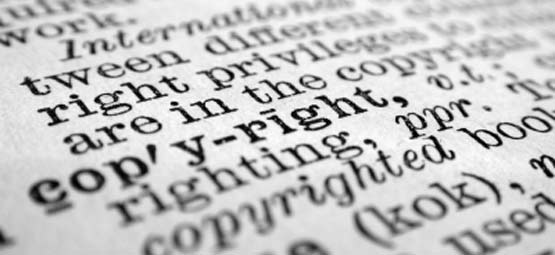
Copyright
Copyright protects the expression of an idea rather than the idea itself. Copyright may therefore subsist in a wide variety of works in different media. For example copyright can protect: literary works, such as novels, computer programs and some forms of database; dramatic works; musical works; artistic works, such as paintings, photographs, works of architecture and technical drawings; typographical arrangements; and recordings or broadcasts of a work.
Copyright arises upon creation of a work. Normally no registration with an intellectual property authority is required for the work to be protected under copyright. Copyright allows the owner to stop others from copying the work in the same medium, e.g. by printing a book, or in a different medium, e.g. by making a sound recording of the book.
More than one copyright may subsist in a work. Furthermore another intellectual property right may subsist in a work. For example a logo may be eligible for trade mark protection in addition to copyright protection.
For further advice on copyright please contact us on: [email protected].
Trade Marks
A trade mark is a sign which is used to distinguish the goods or services of one business in the marketplace from those of other businesses. Therefore trade mark protection provides an important means of protecting goodwill and reputation built up during the course of trade.
Typically a trade mark is a word or logo or a combination of both. However trade marks may be of less conventional form, such as marks based on colour, sound or smell. Trade mark rights may be established by use of a trade mark in the marketplace or by registration of the mark with an intellectual property office. Some jurisdictions recognise both unregistered and registered trade mark rights whereas other jurisdictions recognise only registered trade mark rights.
Trade mark protection allows the owner to prevent unauthorised use of an identical or confusingly similar trade mark in relation to identical or similar goods or services to the owner. Registered trade marks provide a stronger form of protection with unregistered rights, if they are available, normally providing a more limited form of protection.
Although we provide only preliminary advice on trade mark protection we are happy to recommend the services of experienced and appropriately qualified trade mark practitioners should you have further reaching requirements.